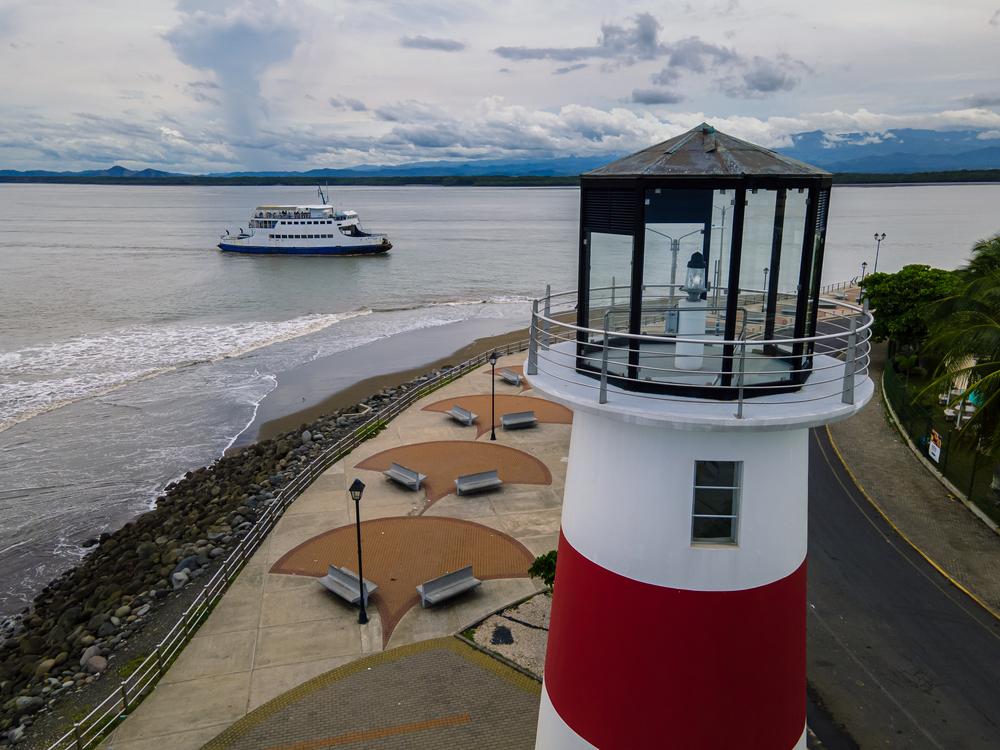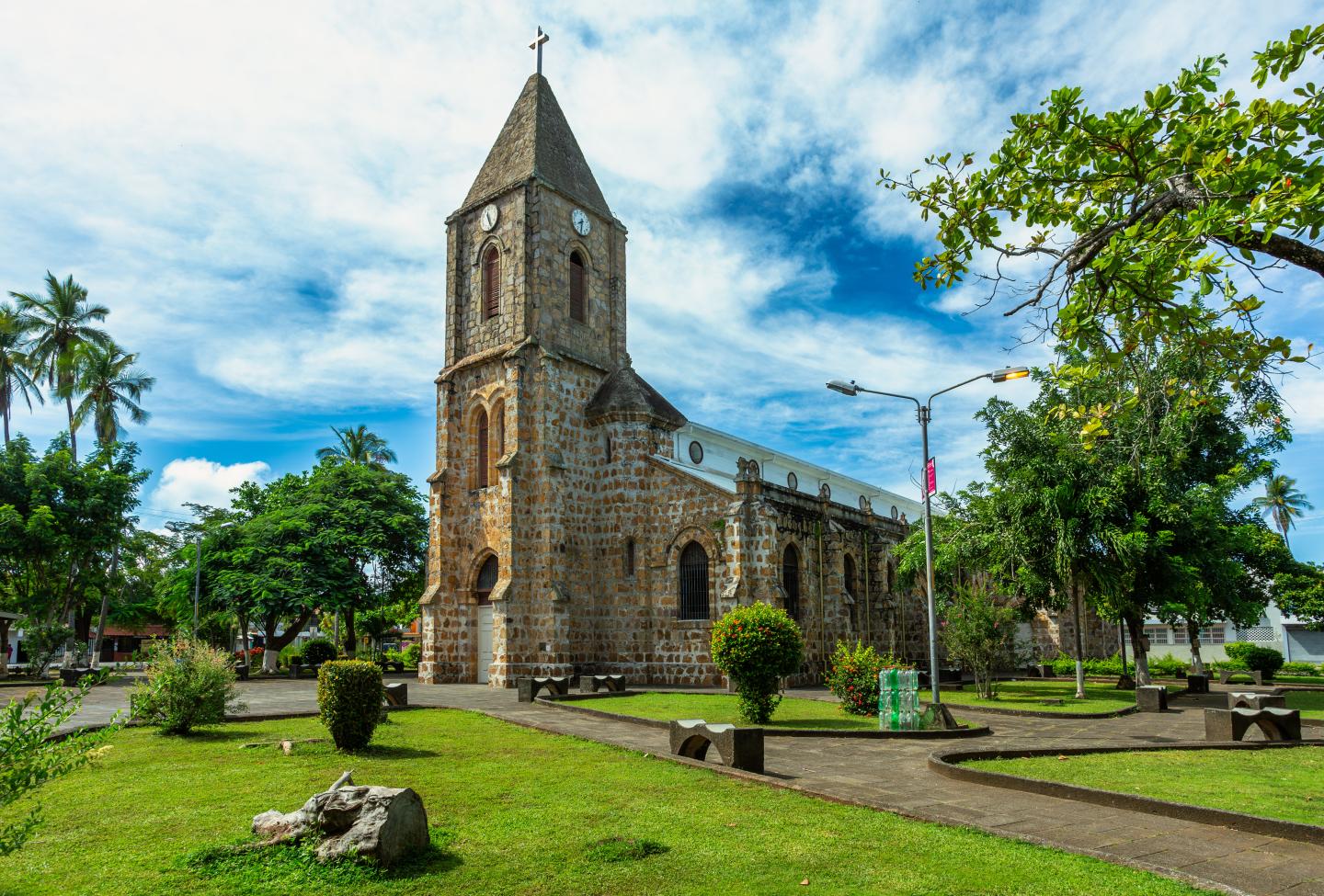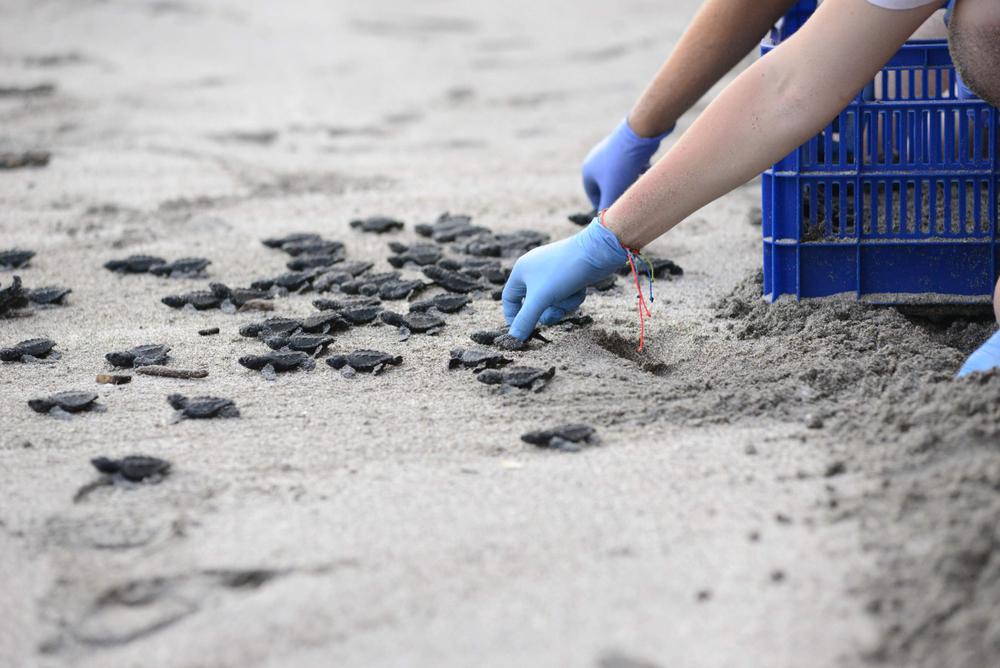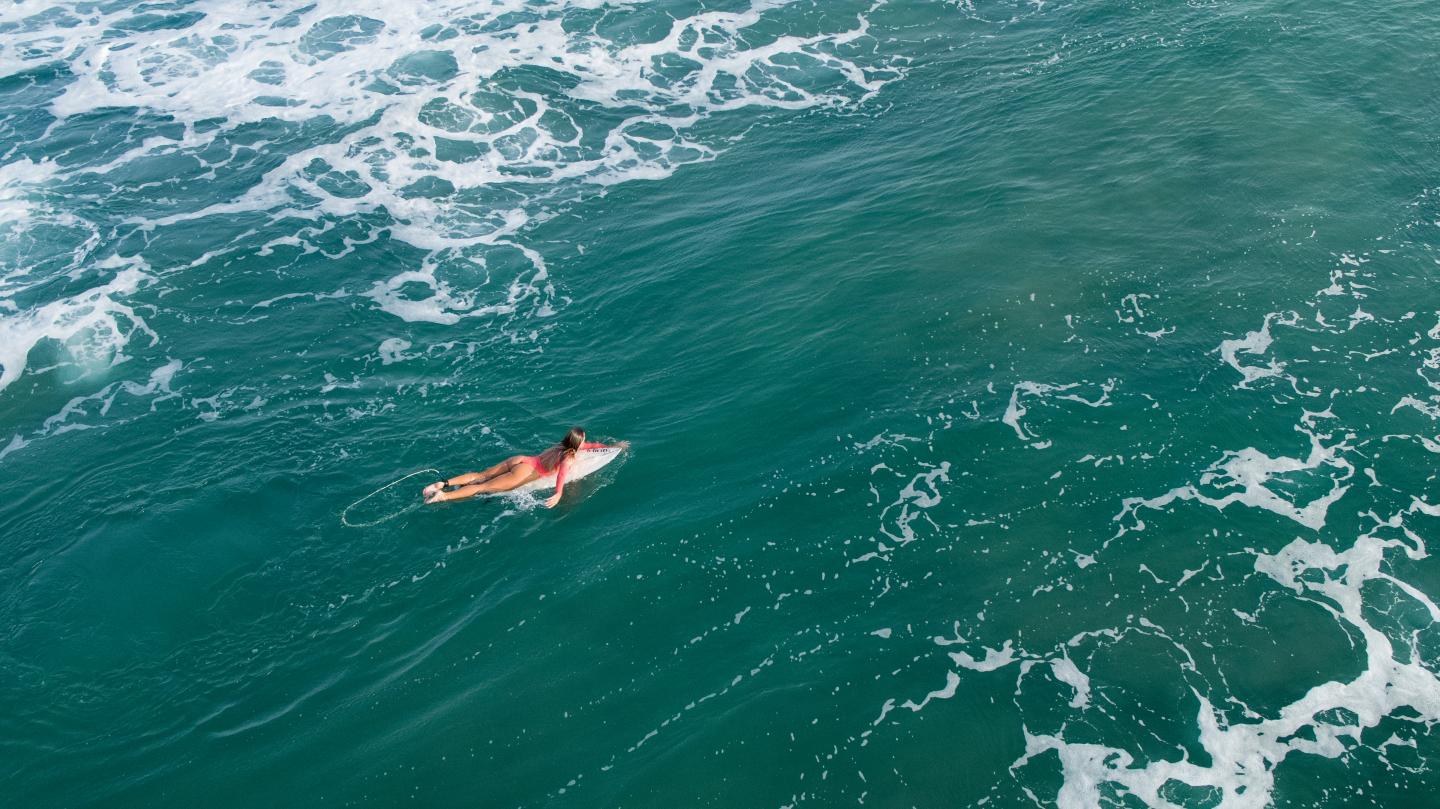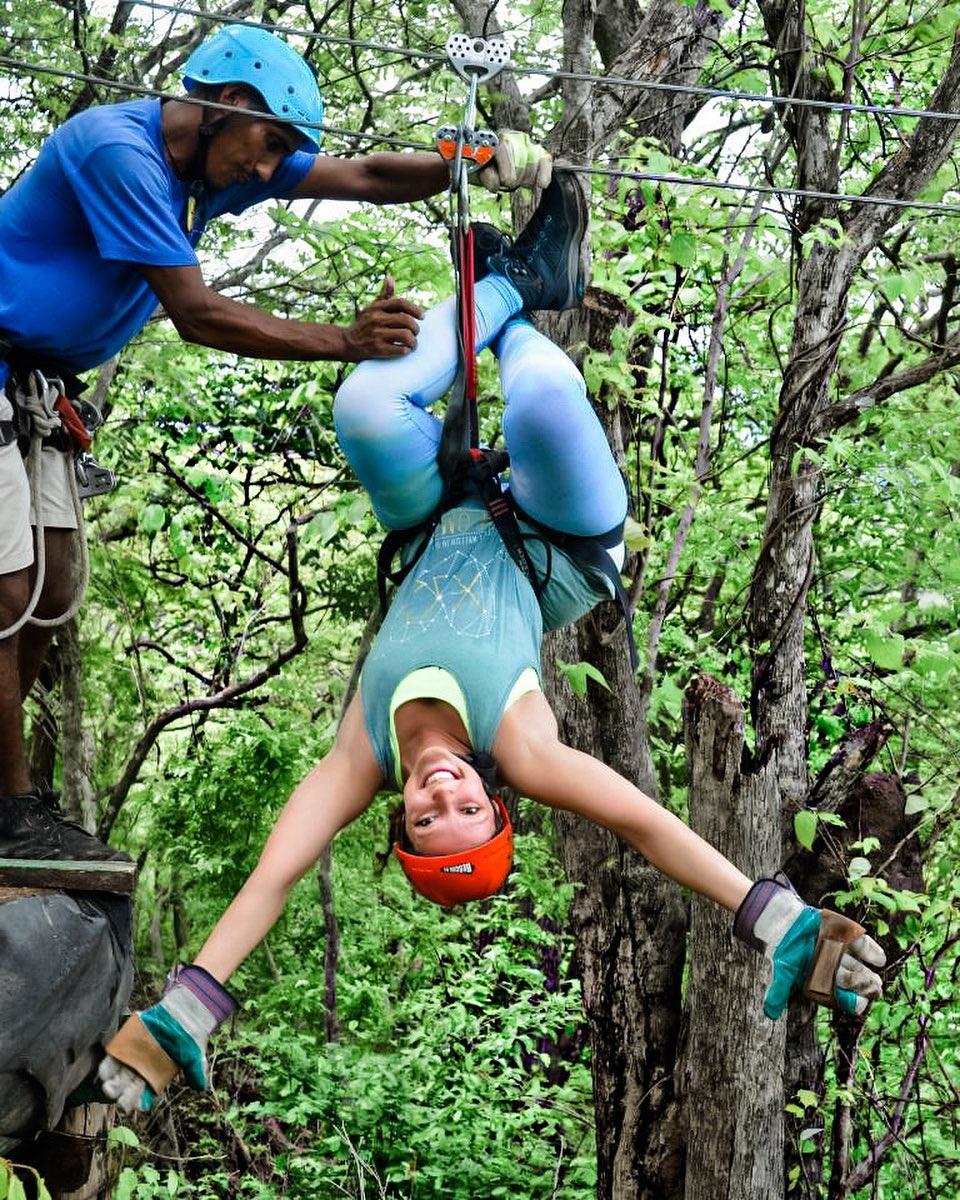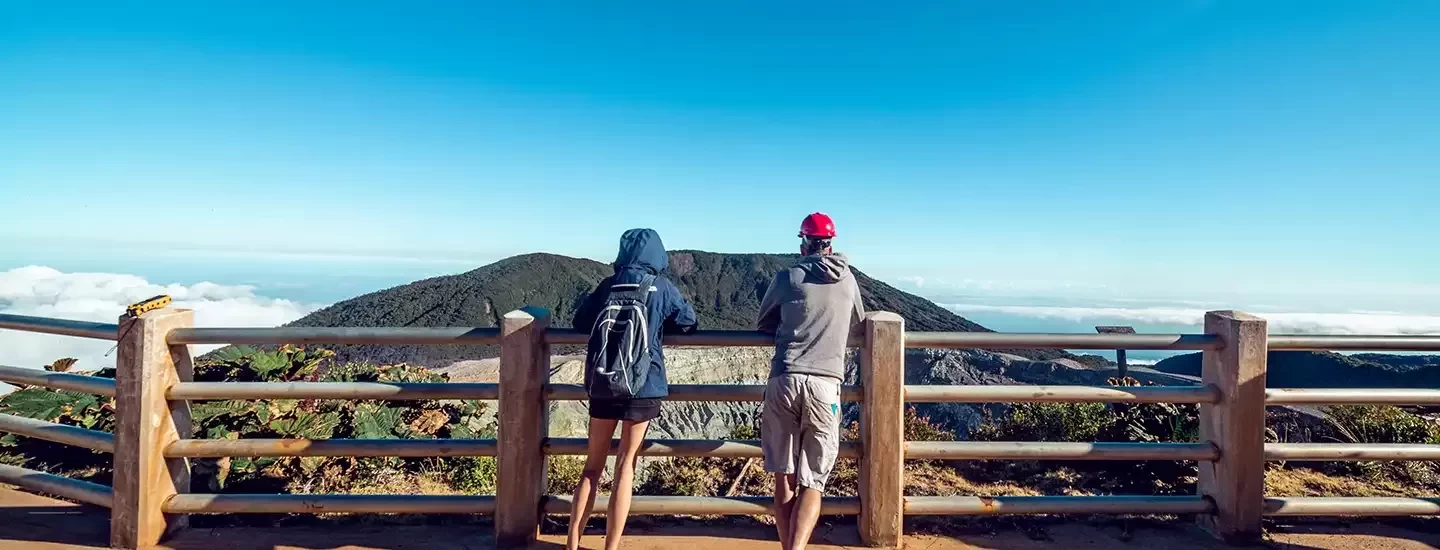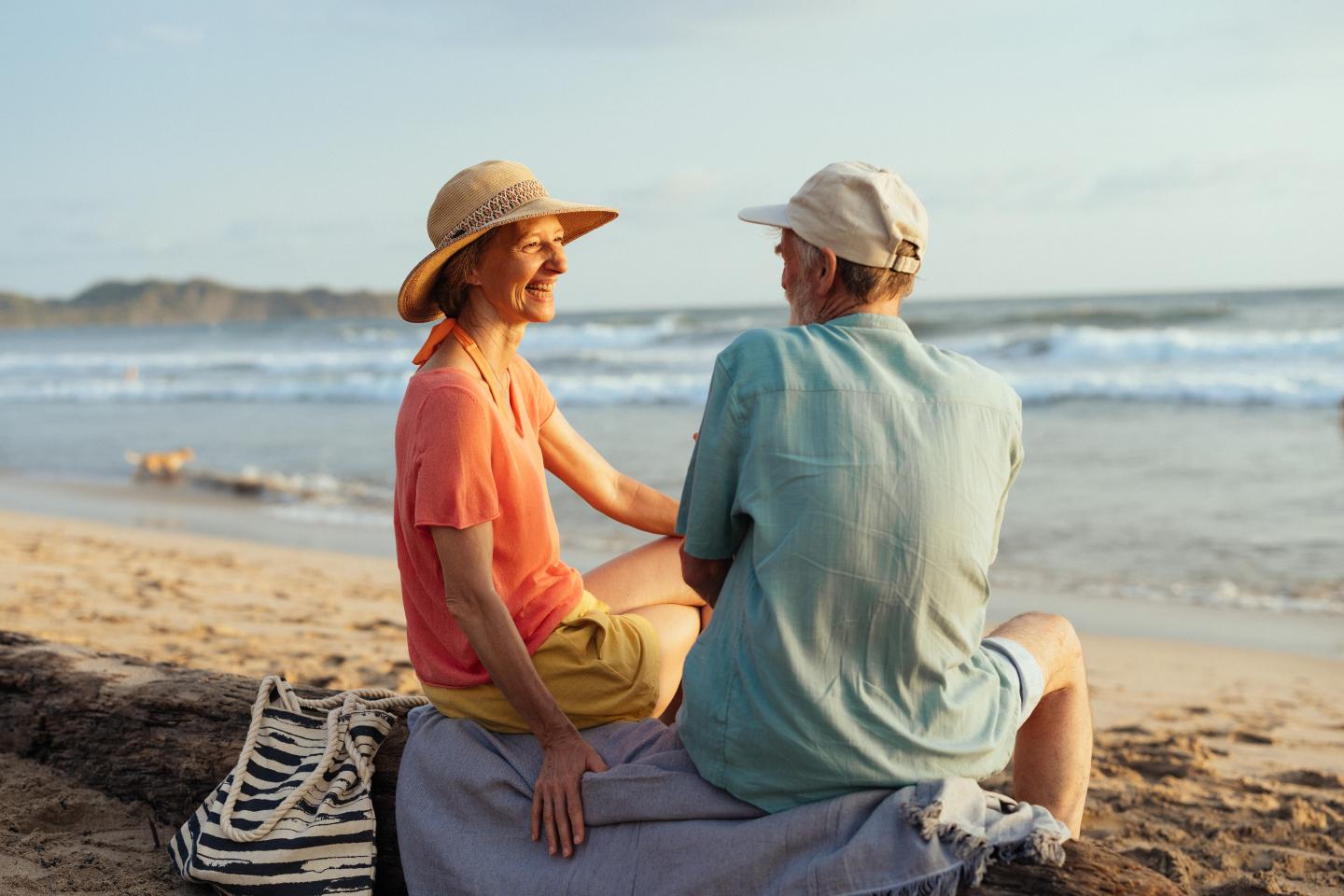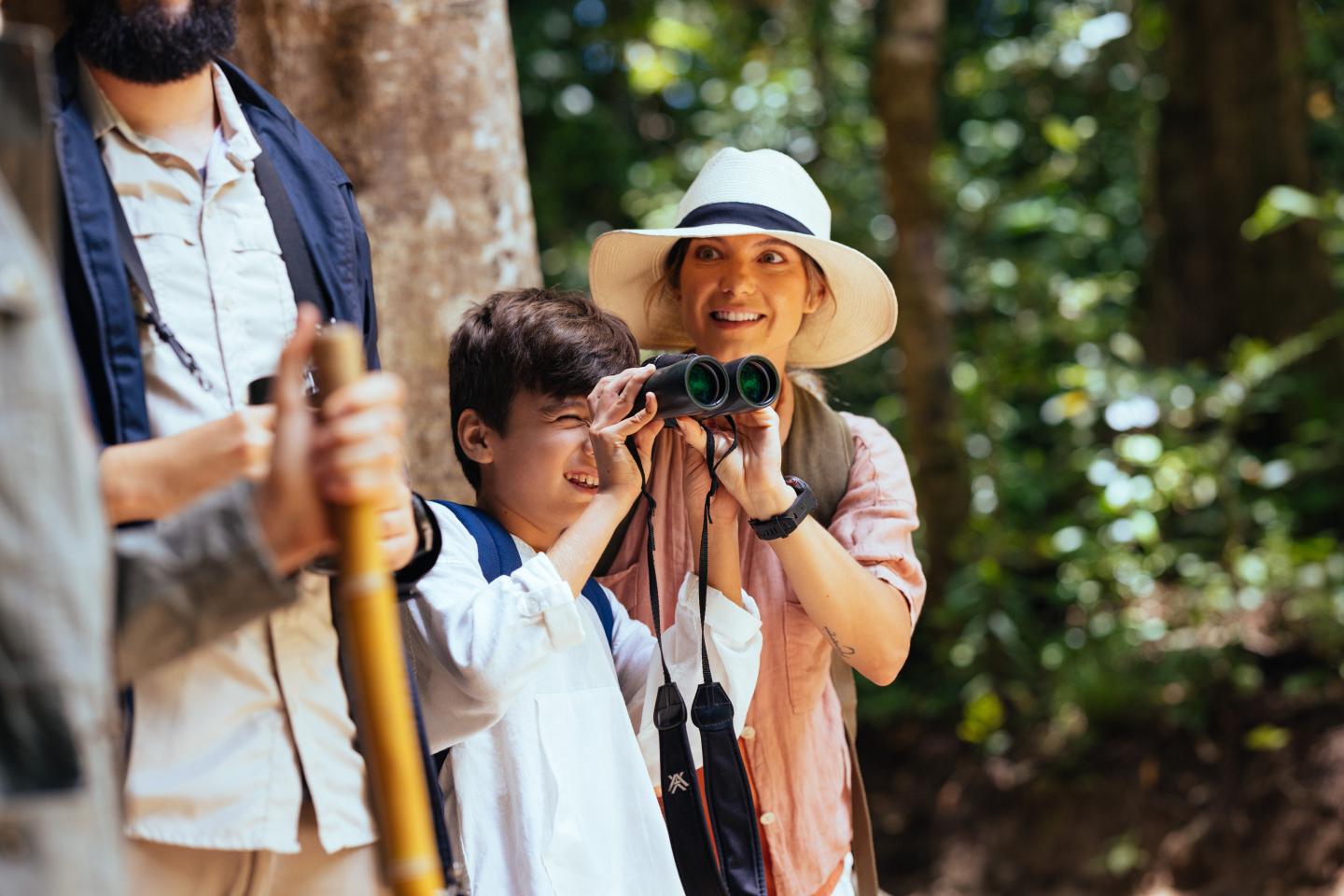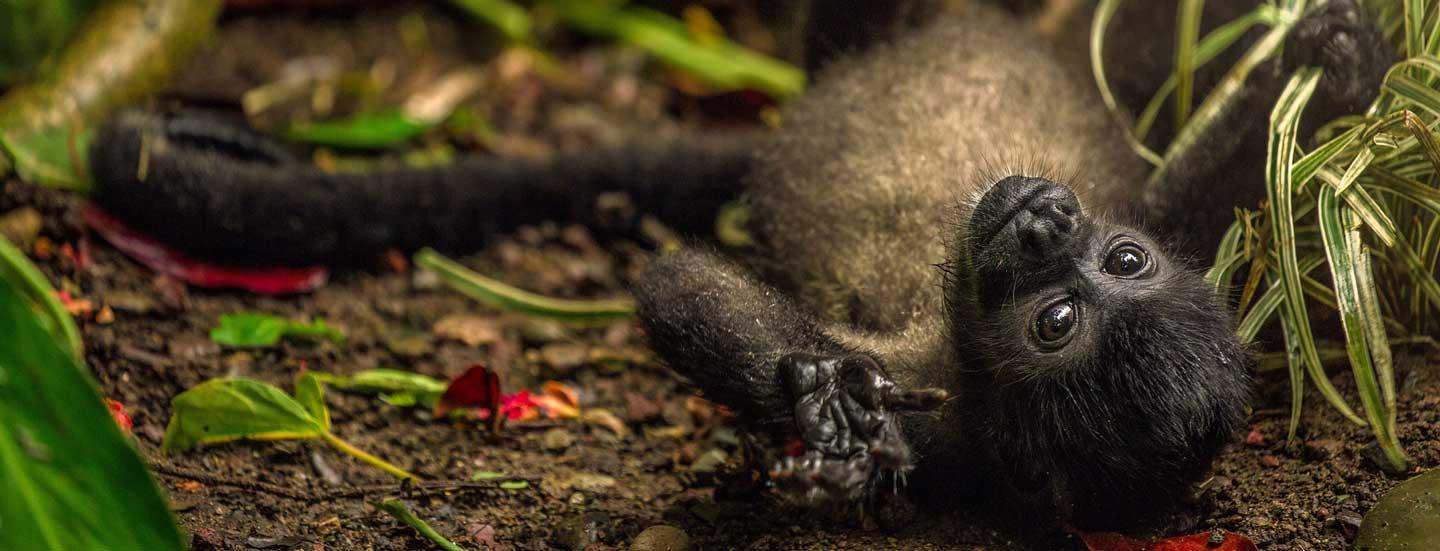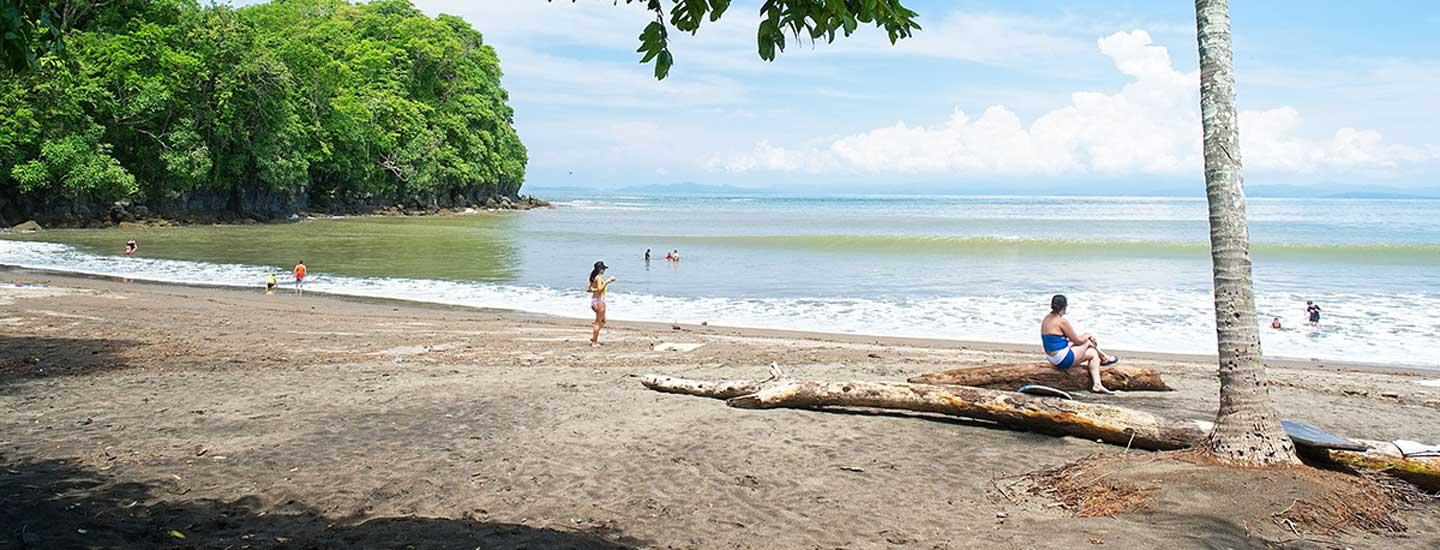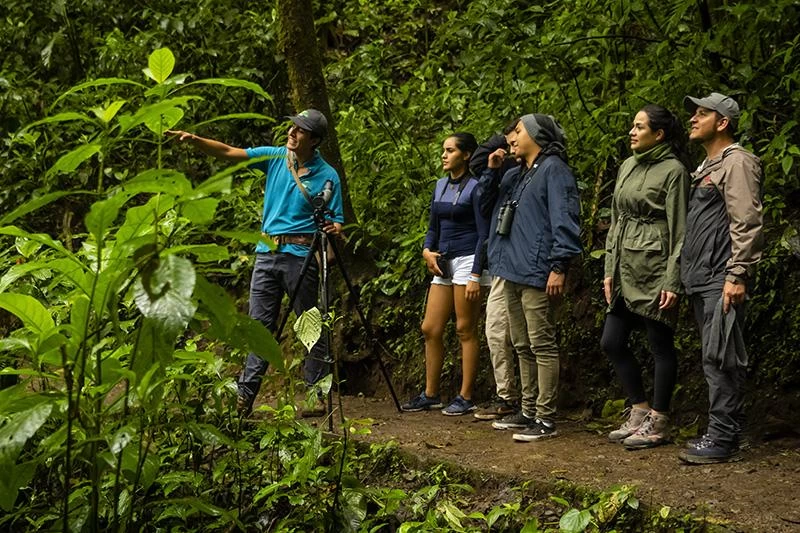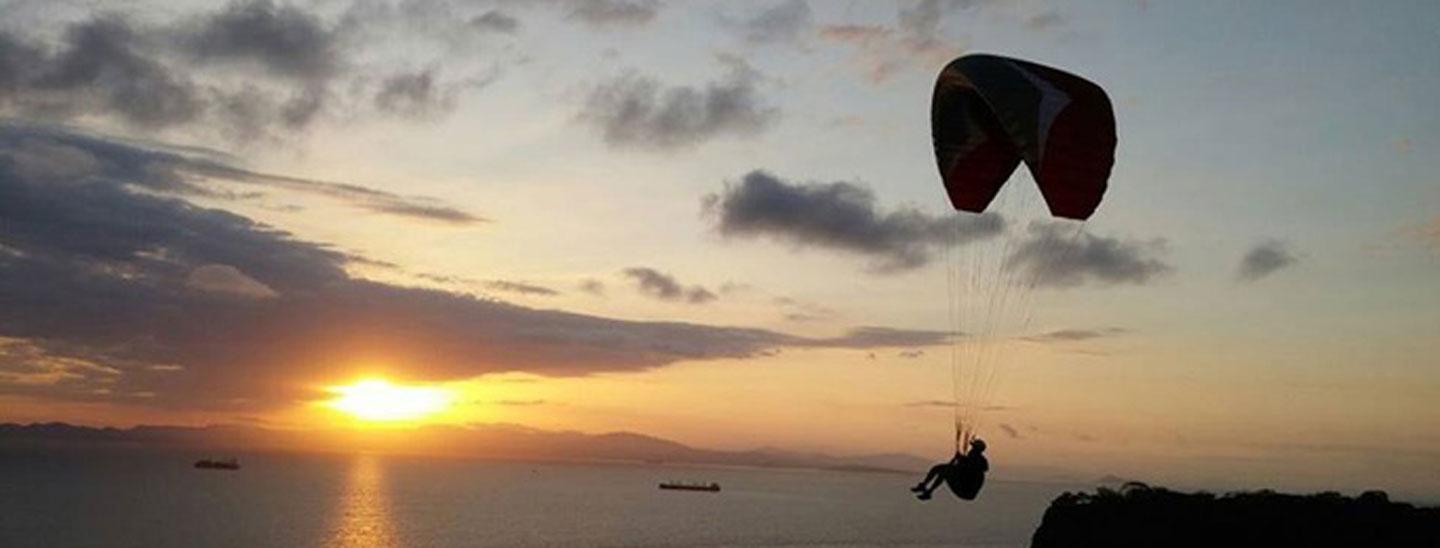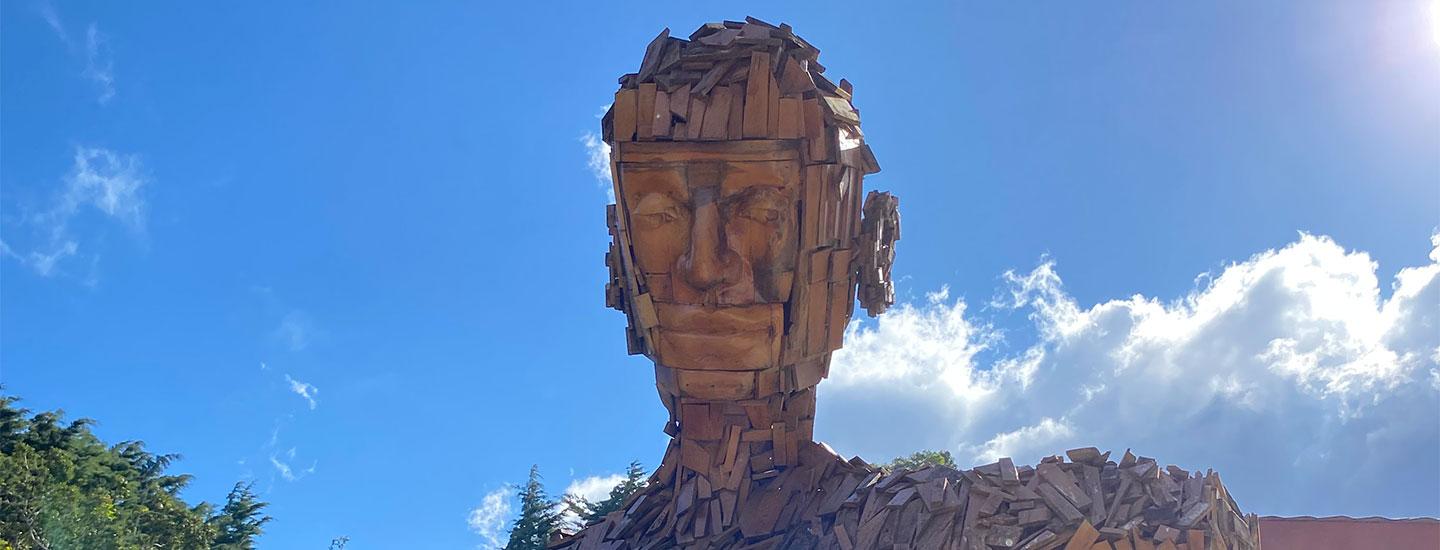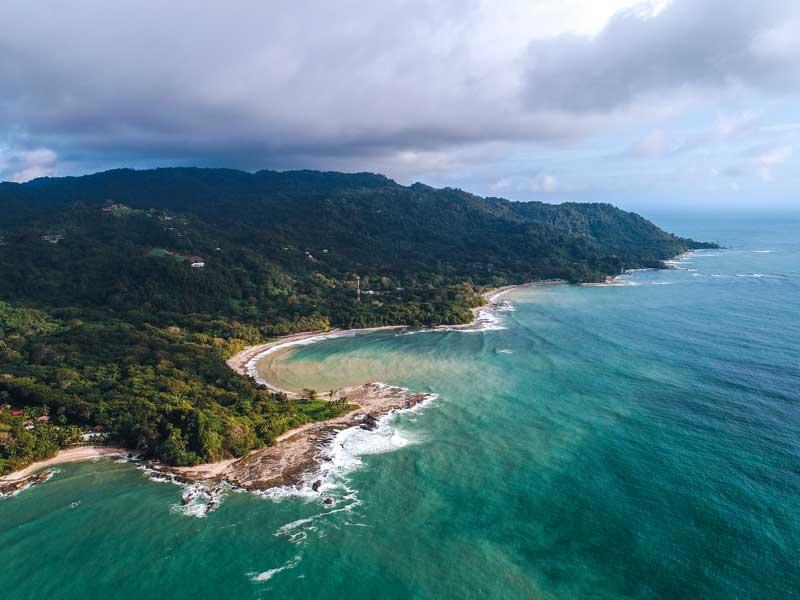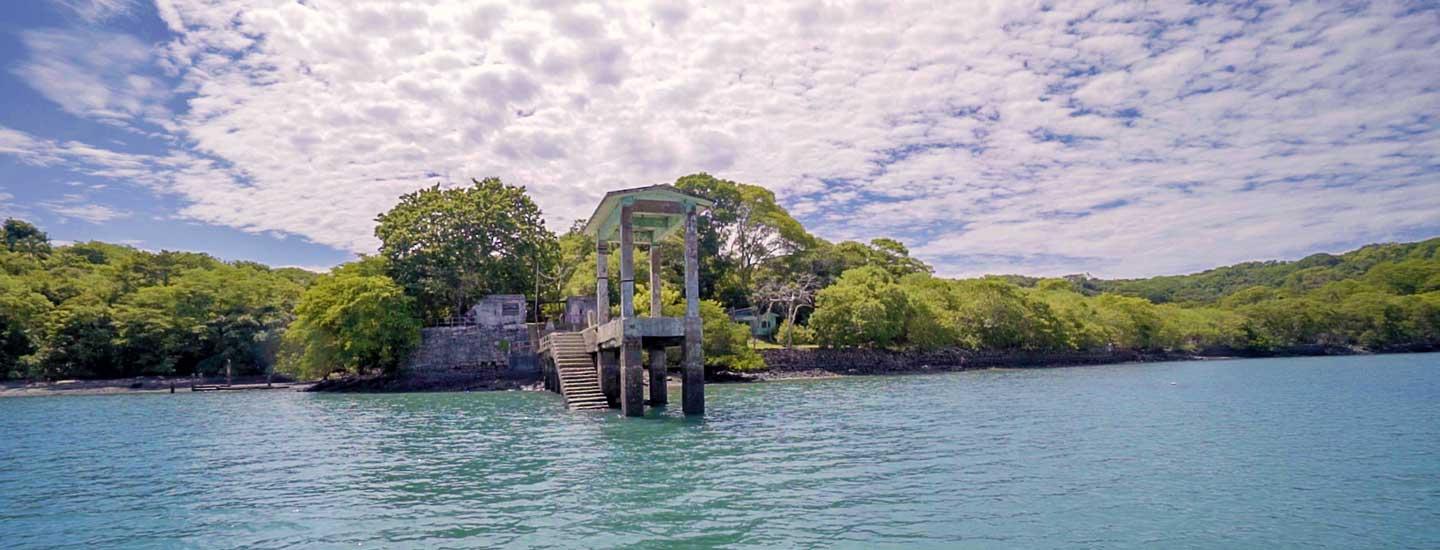about the region
The Puntarenas tourist area and the Golfo Islands comprise 1517 sq. miles and 264 miles of coast line. Part of the area’s boundaries is undefined since a part of the Nicoya Peninsula, as well as the city of Puntarenas, fall within this area. The shoreline of both tourism areas is joined by maritime transport. The area extends from Punta Conejo south to Puerto caldera where the mouth of the Bongo River is located.
Puntarenas is one of the most important tourism regions in Costa Rica. Its coastline is full of islands, inlets, beaches, and very beautiful natural treasures, all which make it an excellent tourist destination. There is a multitude of attractions based around the beaches, as well as protected areas, both land based and around its islands. The area’s center is located at Puntarenas which acts as a place for lodging, distribution, port of call, and excursions. Within its tourism locales you can find a variety of hotels and traditional cabins close to the ocean as well as all-inclusive lodging facilities.
This spectacular area is very close to the Central Valley, around two hours by car and 74 miles from the capital.
600 km of waterways to paddle
264 km of coastline to explore
1 protected area unmatched natural beauty and rich biodiversity
exploring the Puntarenas zone
about Puntarenas
The peninsula area has very important areas geared toward tourism like Tambor, Santa Teresa, and Montezuma, all with very beautiful natural areas, specifically its beach areas. You can also find the Cabo Blanco Absolute Nature Reserve, San Lucas, Chira, Tortuga, and Coco Islands.
The Monteverde area, located north of Puntarenas, has both national and international significance because of its conservation efforts and life style centered around nature. Santa Elena is the hub for commercial services and tourism-based businesses. Other important communities are San Luis and Gerardo.
The primary attraction is the Monteverde Biological Reserve, however there are many other nature sites, picturesque trails, hanging bridges, as well as butterfly and frog exhibits.
did you know...
The diversity of flora and fauna in natural areas, natural coastal landscapes and cultural aspects make taking pictures and videos one of the most popular activities for tourists.
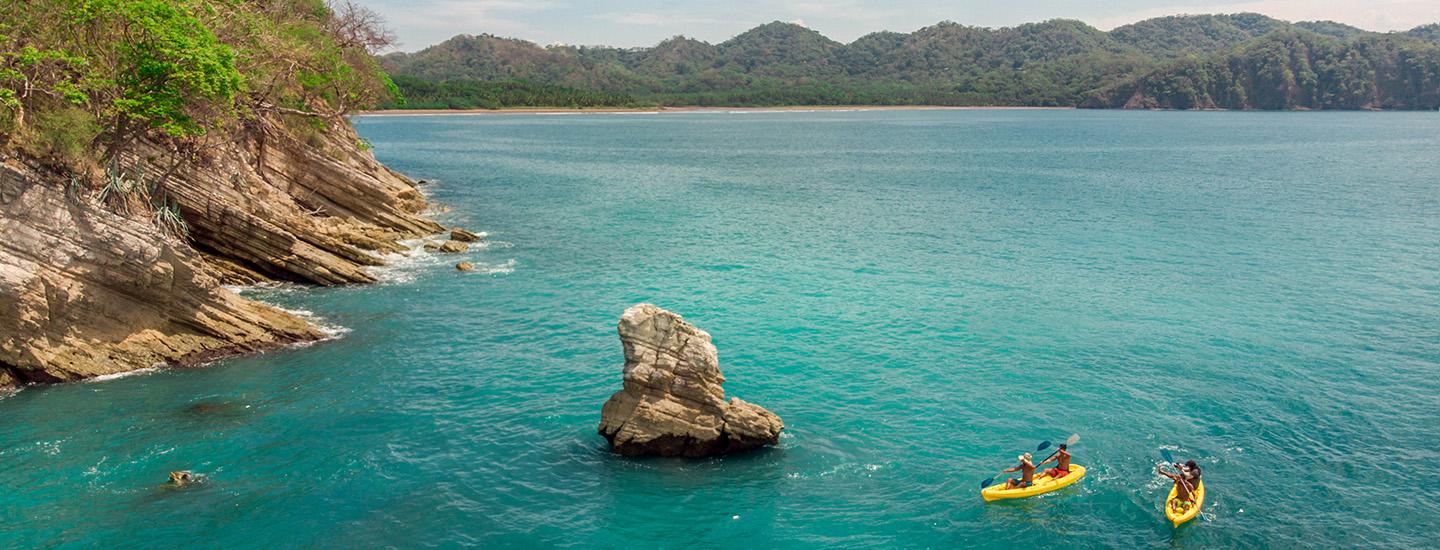
plan your trip to Puntarenas
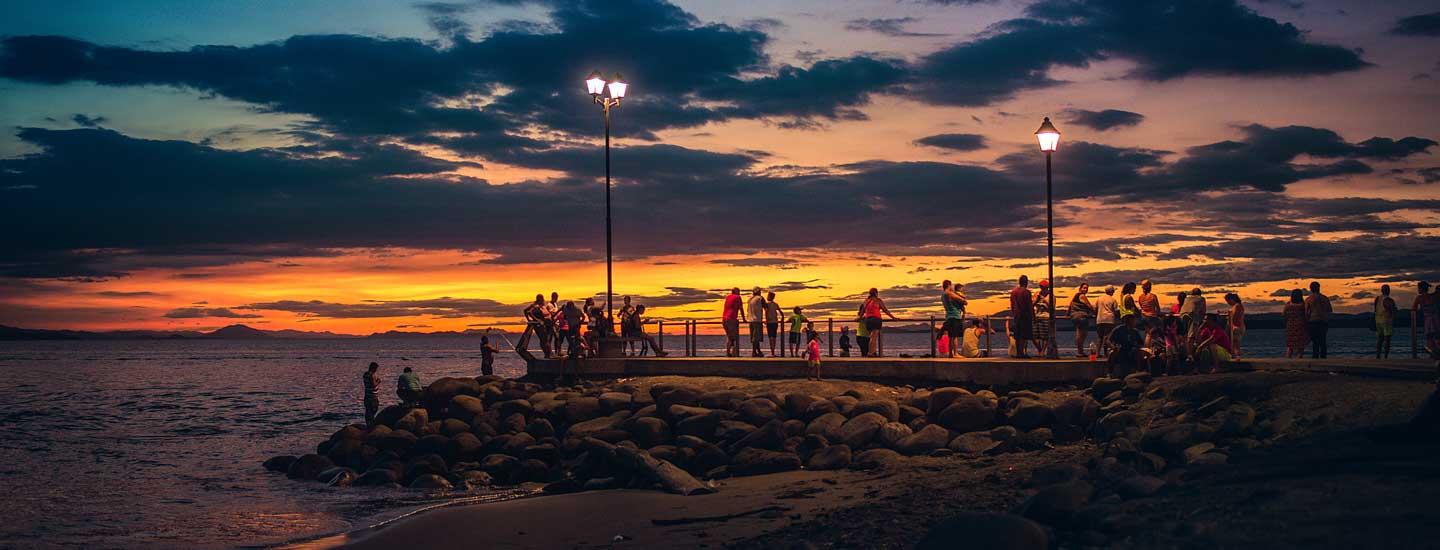
Puntarenas' top 10
The Monteverde Cloud Forest is one of the natural jewels of Costa Rica, as it is one of the few patches of this forest that still exist in the world as well as one of the best known worldwide for the scientific research produced in the area. It is located in the Sierra de Tilarán, and is home to 2.5% of the world's biodiversity; about 10% of its flora is endemic. The town of Santa Elena offers plenty of hotels and restaurants, along with a wide range of activities both adventure and recreation, including tree-climbing, canyoning, zip lining, and hiking in various private reserves in the area.
Playa Montezuma is a small cove in the Gulf of Nicoya; in which the main beach stretches for several meters into a rocky area, where you can follow a path to other beaches like Playa Cocal. The town of Montezuma is small but counts with tourist attractions to serve its visitors. One of the main attractions of the area is the Montezuma waterfall measuring 20 meters high and containing a natural pool, which can be enjoyed after a walk along the riverbed for 20 minutes.
A few kilometers from Montezuma Beach is Cabuya Beach, a beach whose main attraction is a rocky walkway that at low tide connects the mainland with the island of Cabuya, where it is an interesting Pre-Columbian Indian cemetery that is still in operation. Just two kilometers away from Cabuya is the Absolute Cabo Blanco Natural Reserve, home to a wide variety of animals and one of the cleanest and most beautiful beaches in the area.
The Gulf of Nicoya is home to several islands and islets, each with its own appeal. Among the largest islands in the Gulf are: Deer Island with an area of 440 hectares and lots of mangroves, the Sugar Bread Islet boasts a great seascape of beauty, home to a large population of seabirds, particularly brown pelicans, among others; Chira Island, the largest island in the Gulf, inhabited and dedicated on a smaller scale to tourism; San Lucas Isle, where the former prison of Costa Rica was located, as well as the Caballo and Bejuco Islands, among others. From Puntarenas, Playa Naranjo or Cobano you can take boats for touring the Gulf Islands.
Puntarenas City is a port that is located in the Pacific of Costa Rica. For a long time, it was a place of recreation of great importance for national tourism. Currently, the Port of Puntarenas receives cruises on its remodeled dock and also features a ferry terminal that connects Puntarenas with the Nicoya Gulf, specifically Paquera and Cóbano. In the Puntarenas City, there are several buildings of historical interest, including the stone church; in this city you will find a variety of tourist attractions that will allow you to experience the best of the area.
The Tárcoles River, covering an area of 118 kilometers, offers a very special attraction: crocodile watching. On the way to the Pacific coast, the main bridge over the Tárcoles River has become an obligatory stop for visitors interested in these particular animals. One can also enjoy tours by boat to the mouth of the river to watch birds and have a closer experience with crocodiles, some of which are named after celebrities around the world.
The National Wildlife Refuge Curu is located in the Gulf of Nicoya in the province of Puntarenas, and extends from Quesera Point to Curú Point. Its name comes from the indigenous word used to denote Guanacaste trees, typical of the area. After being a place exploited for the production of livestock and agriculture, in 1983 it was decided to restore it to its natural conditions and create the National Wildlife Refuge. Its significance lies in its mangroves and tropical dry forest transition from dry to humid, which is why the wildlife in the area is very sensitive to changes.
Ballena Bay is one of the most beautiful bays in the country. It is located in the Gulf of Nicoya and extends to Pochote Beach. Its vegetation is very lush; however, what truly characterizes this bay is its horseshoe shape. The town of Tambor is small but has all the services and a wide variety of tourist attractions.
Mostly known for its surfers, Rio Boca Barranca is one of the most desired places for adventurous athletes and experienced surfers because it boasts a long left wave, internationally famous for its degree of difficulty. In fact, it is considered one of the best beaches for longboard in the world and the second longest and slow wave of Costa Rica, which allows surfers more time to try and practice pirouettes.
The estuary of Puntarenas is located in the inner part of the Gulf of Nicoya, and has an area of approximately 8 kilometers. The estuary is full of seabirds, which is the reason why it has been named a wildlife refuge. Its tide is fairly quiet, so you can see all types of fishing boats, sailboats and tourist yachts. On the other hand, the estuary of Mata Limón is located near the town of Caldera, a few kilometers away from Puntarenas. This estuary is characterized by artisanal fishing and seabird watching.






